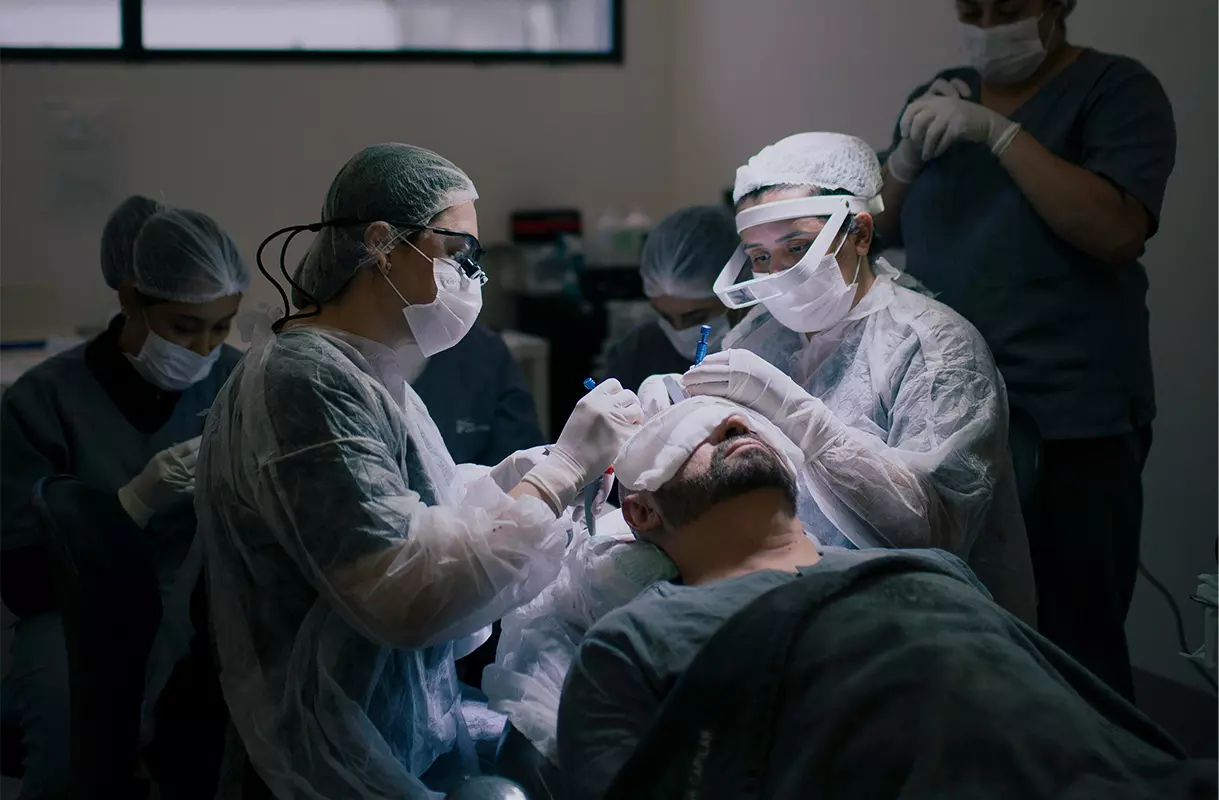Are you interested in hair transplant surgery but don’t know what the process actually looks like? There are two types of hair restoration surgery, follicular unit transplant and follicular unit extraction. In this article, we will walk you through the process of a follicular unit transplant.
 1. Local anesthesia is used on the scalp to provide the patient with the most comfortable experience possible.
1. Local anesthesia is used on the scalp to provide the patient with the most comfortable experience possible.
At HT&RC, Dr. Gray uses an instrument called The Wand, which was actually developed for dentistry and controls the rate of injection very accurately. The Wand keeps the tissue from expanding rapidly which allows for a very minimal to painless experience. Nerves can be blocked with either a ring block or by blocking specific nerves to the scalp. We typically apply lidocaine 2% with epinephrine in all those places.
2. A donor strip is skillfully taken from the “safe zone” of the scalp that is most resistant to balding.
The donor site is normally found at the base of the skull or the lower side regions of the scalp where hair is most resistant to the effects of DHT (dihydrotestosterone). DHT is a hormone that shortens the growing phase of a hair follicle and also causes hair to become progressively thinner.
3. Under a microscope, the individual follicular units are dissected from the strip.
Each follicular unit can hold between 1 and 5 hairs, but more commonly, each unit will house a maximum of 3 hairs.
 4. Tiny incisions in the scalp will be made for recipient sites of the hair follicles using a fine needle-point instrument.
4. Tiny incisions in the scalp will be made for recipient sites of the hair follicles using a fine needle-point instrument.
While strip harvesting provides natural results because of the size and precision of the surgery, the natural-looking aspect of follicular unit transplantation is, in part, determined by the artistic ability of the doctor performing the transplant. During your consultation, Dr. Gray and his staffwill take photographs and study your hair pattern to determine where the individual follicular units need to be placed in order to achieve the most natural-looking results.
5. Individual follicular units are placed into the recipient sites in the areas of hair loss.
At HT&RC, we use an innovative therapy involving Hair Follicle Regeneration and ACell to promote wound healing, speeding up the already-short recovery process after a hair transplant surgery. Hair Follicle Regeneration aids in new hair growth after the follicular unit transplant and has also shown great promise in rejuvenating vellus hair to produce a thicker coverage of the scalp. ACell is a product that promotes wound healing.
Want To Learn More?
Dr. Gray would be happy to discuss the best treatment option for you. Request a consultation today to discuss your options at the Hair Transplant & Restoration Center.
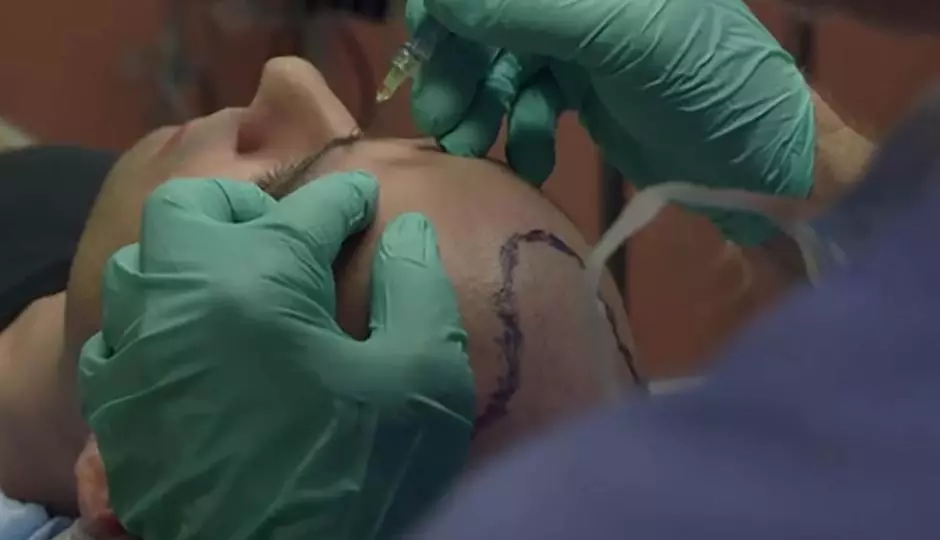

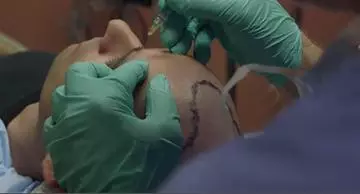 1. Local anesthesia is used on the scalp to provide the patient with the most comfortable experience possible.
1. Local anesthesia is used on the scalp to provide the patient with the most comfortable experience possible.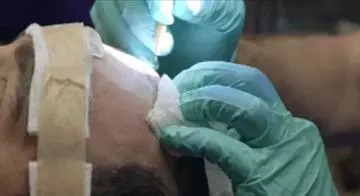 4. Tiny incisions in the scalp will be made for recipient sites of the hair follicles using a fine needle-point instrument.
4. Tiny incisions in the scalp will be made for recipient sites of the hair follicles using a fine needle-point instrument.